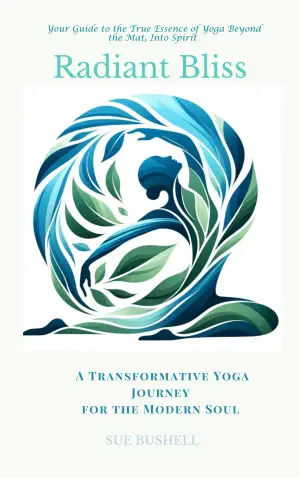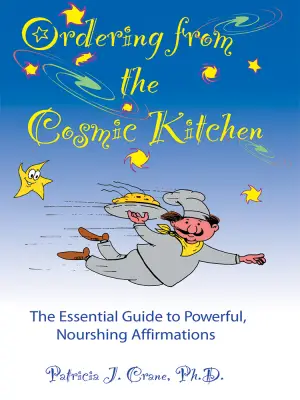Review of How to Inhabit Time: Understanding the Past, Facing the Future by James K. A. Smith
James K. A. Smith has a unique ability to articulate the complexities of faith and existence in a way that resonates deeply with me. After thoroughly enjoying On the Road with Saint Augustine and You Are What You Love, I felt compelled to dive into his latest work, How to Inhabit Time: Understanding the Past, Facing the Future. This book felt like a timely companion for reflecting on how we traverse the terrain of our lives—how our past influences our present and how our future can reshape memories.
In this profound exploration of time, Smith postulates that our lives are structured by seasons, each possessing its own lessons and opportunities for growth. He adeptly illustrates that understanding our temporality is fundamentally intertwined with recognizing the historical context in which we exist. While reading, I felt a gentle nudge to contemplate my own life’s seasons, reminding me that each period, whether joyful or challenging, contributes to the mosaic of who I am today.
One memorable passage captures the essence of his insights: “This book is intended as a wake-up call to the significance of your temporality, our temporality…” This opening sets the stage for a rich exploration of how history permeates our existence, altering how we perceive both our past and our future. Smith encourages us to embrace a kind of spiritual timekeeping, one that connects us deeply to the ongoing work of the Holy Spirit throughout history.
The author’s writing style is both lyrical and accessible, creating a conversational tone that invites readers to reflect alongside him. His attention to detail and ability to weave complex ideas about time and faith into relatable narratives made the book feel both profound and intimate. Each chapter flowed seamlessly, often marked by enlightening anecdotes that grounded his theories in everyday experiences.
One quote that particularly resonated with me was, “To recognize a chunk of one’s life as a season given over to child-rearing has a tempering effect on other obligations…” This struck a chord as I pondered the various commitments I juggle and how the seasons of life not only shape our responsibilities but also offer us grace. Smith’s reflections on patience and discernment reminded me that, just like the art of gardening, nurturing the different seasons of our lives can lead to unexpected blooms of wisdom and transformative experiences.
As I turned the final pages, I was left pondering the importance of living into the fullness of our time, waiting with hopeful anticipation rather than rushing headlong into unprepared endeavors. Smith’s contention that “the rhythms of the church’s life together offer an opportunity to practice our way into this eschatological imagination” is a beautiful invitation to community and connection that I found both refreshing and necessary in today’s hurried world.
How to Inhabit Time will resonate particularly well with those seeking a deeper understanding of their spiritual journey, as well as anyone interested in the interplay of history and personal growth. I walked away from this book not just informed but transformed, buoyed by a newfound appreciation for the moments that compose the mosaic of my life.
In closing, if you’re in need of a reflective and thought-provoking read, I heartedly recommend How to Inhabit Time. Smith guides us through the intricate dance of our temporality, inviting us to awaken to the significance of our shared history and hopeful futures. It’s an experience that lingers long after you’ve turned the last page.
Discover more about How to Inhabit Time: Understanding the Past, Facing the… on GoodReads >>













